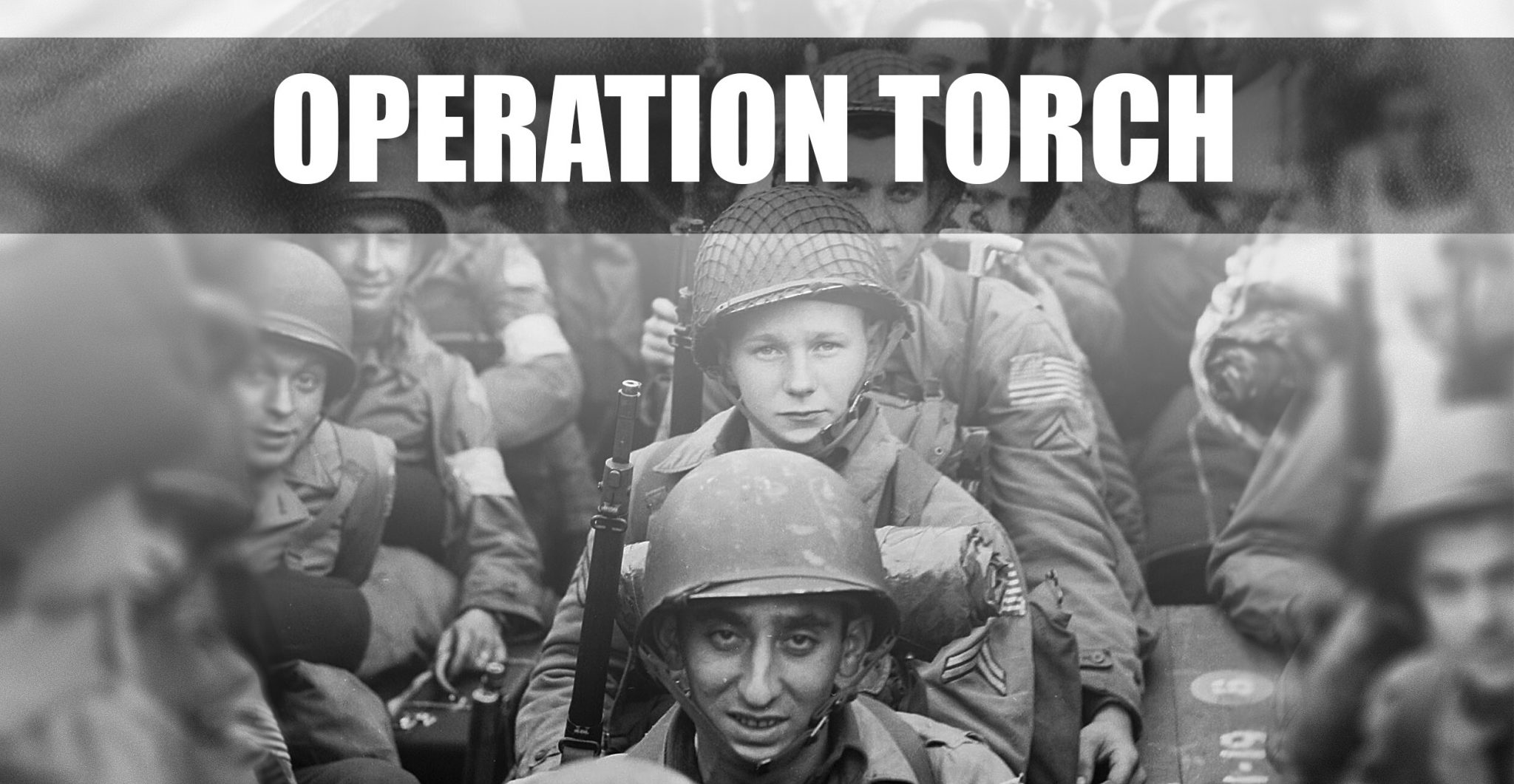In November 1942, 107,305 American servicemen crossed the Atlantic to invade occupied North Africa. Their success depended in large part on the military vehicles available to them.
These are some of the vehicles of Operation Torch.
Aircraft Carriers
Most American aircraft carriers were busy fighting the Japanese in the Pacific. The only one in the Atlantic was the USS Ranger, and it was sent to join the expedition.
To make up for the deficiency, several oil tankers were converted into aircraft carriers for Operation Torch. Aircraft decks were hastily welded onto them, giving the planes something to take off and land on. The Chenango, Santee, Sangamon, and Suwanee were not everything a ship’s captain would have dreamed of, but they vastly increased the air cover that could be given to the landings.
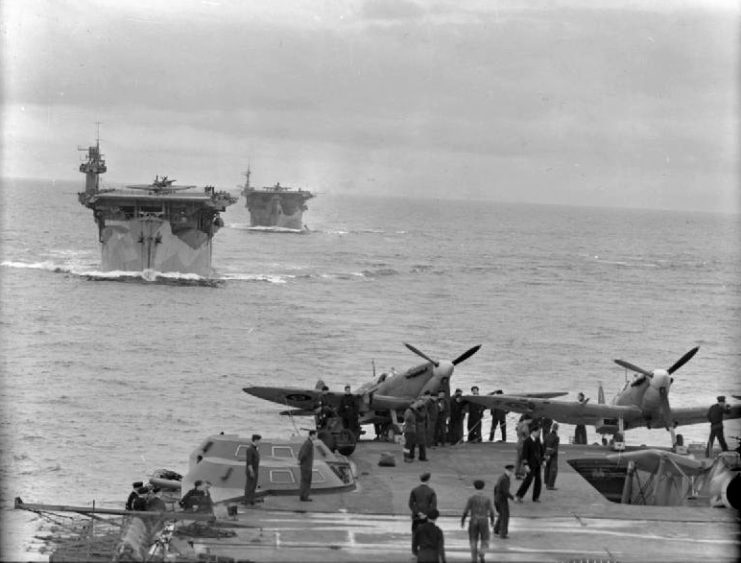
The Transport Fleet
The fleet that transported and landed the troops was a motley assortment of craft.
Small tankers were taken from a Venezuelan lake and converted so they could land tanks on beaches. They became the model for thousands of future tank landing vessels.
Ferryboats were taken from service around the British Isles, decked out with large American flags, and used to transport troops. The Ulster Monarch, Royal Scotsman, and Royal Ulsterman were not designed for ocean crossings, but they were the size of city blocks and had proven their sturdiness on the rough seas of the Glasgow-Belfast run.
Altogether, around 220 ships sailed in the convoy.
The Hartland and the Walney
Originally US Coast Guard cutters, the ships had been given to Britain before the US entered the war. They served as corvettes in the Royal Navy. In Operation Torch, they had the task of slipping into Oran harbor, carrying two companies of the US 1st Armored Division for an assault on the port.
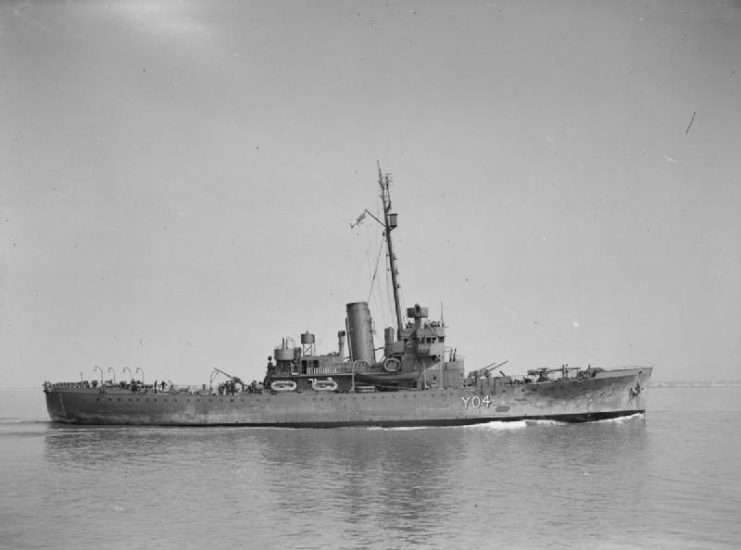
USS Dallas
A WWI-era destroyer, the Dallas was stripped of much of her structure to make her light, giving her a shallow draft. It was a conversion carried out for a single mission. She rammed through a barrier at the mouth of the Sebou River, steamed upriver for three-and-a-half hours, and then disgorged 75 soldiers to seize an airfield.
Curtiss P-40 Warhawk
The latest in the Hawk line of fighter aircraft, the Warhawk had a better engine and was more aerodynamic than its predecessor thanks to flush rivets. It became the main fighter of the US Army Air Corps fighter squadrons.
Unfortunately for the American pilots, the Warhawk was outclassed by both French and German planes in North Africa. It was the staple weapon of fighter pilots in Operation Torch, which they used to defend bombers and strafe Axis convoys.
On the journey to Africa, pilots kept the .50 caliber machine guns from their P-40s wrapped in blankets under their beds. It protected the guns from being corroded by the salty sea air.
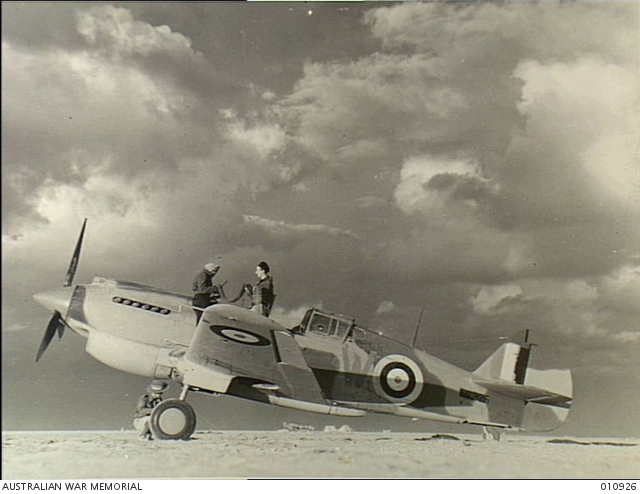
Douglas C-47 Skytrain
The C-47 was the principle transport aircraft of the operation. It was used to move supplies and soldiers around the country, as well as for paratrooper deployments. On the first day of Operation Torch, a flight of C-47s set off from airfields around Land’s End, at the southern tip of Britain, and carried paratroopers all the way to Tunisia to make their attack.
Boeing B-17 Flying Fortress
The best-known American bomber of the war, the B-17 was not the best performing. The Consolidated B-24 Liberator had the edge over it technologically and in combat performance. British and German heavy bombers were shown to outclass it during the fierce aerial combat of 1941.
Still, the B-17 was a valuable asset during the war in Africa. To make up for its deficiencies, Boeing adapted the plane, adding extra guns to defend against enemy aircraft.
B-17s and their ten-man crews were used to bombard Axis positions and transport columns in North Africa. As the Allies gained the edge, B-17s took part in a massive bombing campaign against ports and supply facilities, crippling the enemy’s infrastructure.
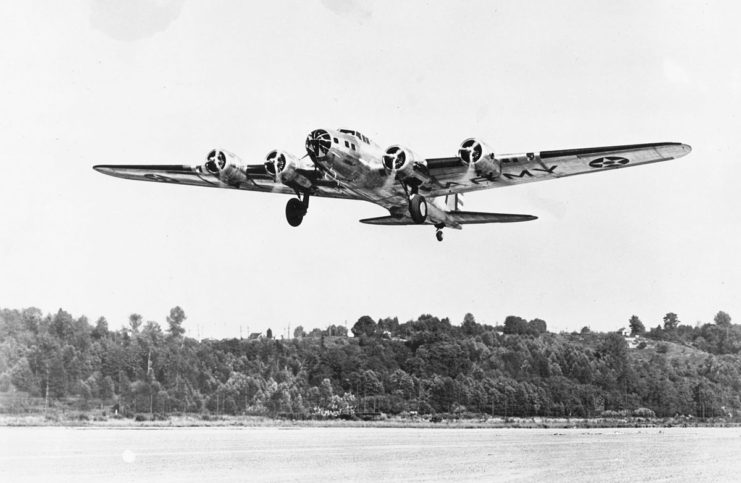
Consolidated B-24 Liberator
The B-24 flew alongside the B-17. It was more modern in its design, more advanced in its technology, and was more widely used.
The B-24 suffered the same fundamental problem as the B-17. Unwieldy in the air, it was vulnerable to attacks from maneuverable German fighters. Bomber crews were the sitting ducks of the air war.
M-3 Tank
Having analyzed the invasions of Poland and France, the US military realized that their M2A1 tanks did not carry a heavy enough gun. The design was hastily adapted to create a medium tank with a 75mm gun in a side sponson, an interim measure until a whole new tank could be built. It was the M-3.
Chrysler hastily produced a thousand of those tanks. Some went to the British for use in their campaign further east in North Africa. The rest went to the US military.
The Americans mostly used the M-3 for training. Operation Torch was its most substantial use in the field by the US Army.
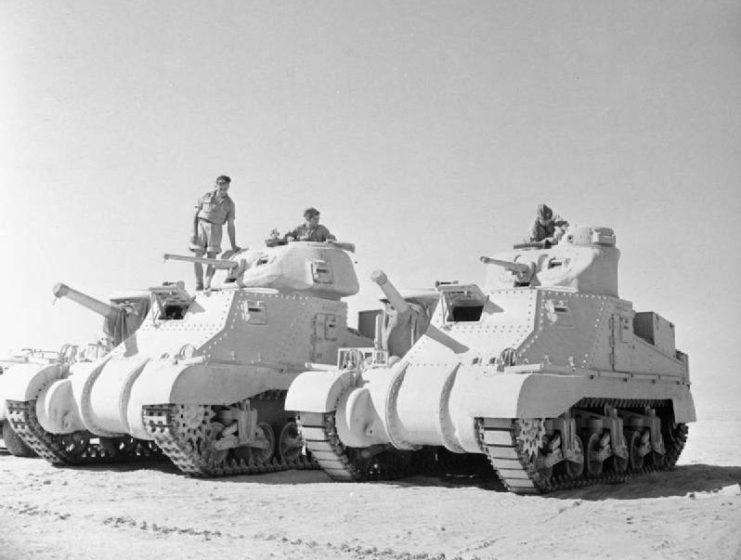
Sherman Tank
With the M-3 in production, American designers set to work creating a medium tank with a turret that could carry a 75mm gun. It was the M4, commonly known as the Sherman.
The Sherman became the main battle tank of both the American and British armies. They hoped to use it in the same way the Soviets used the T-34, producing overwhelming numbers with minimum variation, sticking with a solid design. However, by the end of the war, German advances were making the Sherman look less effective.
The Sherman was in production in time to feature in the Operation Torch landings and subsequent fighting.
Sources:
Francis Crosby (2010), The Complete Guide to Fighters & Bombers of the World
Ian V. Hogg and John Weeks (1980), The Illustrated Encyclopedia of Military Vehicles
Orr Kelly (2002), Meeting the Fox: The Allied Invasion of Africa, from Operation Torch to Kasserine Pass to Victory in Tunisia
